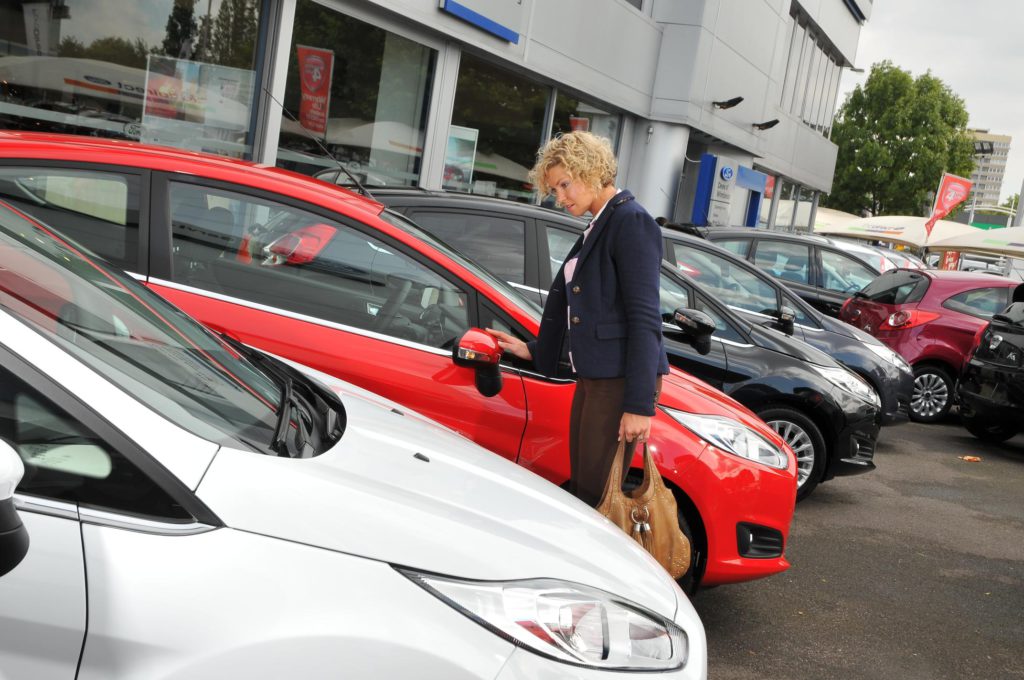UK used-car sales remained stable in 2019
12 February 2020

12 February 2020
The UK’s used-car market finished 2019 almost on par with the previous year, as the sector remains the country’s main source of vehicle revenue.
Sales grew in the fourth quarter of the year by 2.4%, according to the Society of Motor Manufacturers and Traders (SMMT), marking a second successive period of growth. This left the full-year figure at just 0.1% down compared to 2018, with a drop of just 9,935 units, amounting to a total of 7,935,105 transactions.
There was continued robust demand for used petrol and diesel cars, with sales of the latter down just 0.6% to 3,297,953 units and a 41.7% market share. Petrol sales fell by an even more marginal 0.3% to 4,494,611 transactions, contrasting with zero-emission, battery-electric vehicle demand, which surged 21.8% to 14,112 transactions, albeit equivalent to just 0.2% of the market.
Combined, alternatively-fuelled vehicles (hybrid, plug-in hybrid and battery-electric vehicles) were up emphatically, increasing 23.4% with 135,516 units changing hands and accounting for 1.7% of all sales. Meanwhile, transactions of the latest, cleanest Euro 6 models, available since 2015, were up 32.5% as more of them reached the used market, helping to address air quality concerns.
Main growth
The stable used-car market, and in particular the strong second half of the year, contrasts with new-car registrations in the UK, which ended 2019 down by 2.4% – despite a bounce in December when sales rose 3.4%.
The trend confirms the thoughts of Glass’s Chief Editor, Cars & Leisure Vehicles, Jayson Whittington, who predicted that 2019 would see the used car sector as the UK’s main growth generator.
′There is currently no shortage of used cars but demand at times throughout the year has outstripped supply,’ he said. ′Sales of new cars have been down for the past couple of years, and it seems that many consumers are turning their attention to used cars, with political and economic uncertainty leading to more cautious spending.’
Market trends
Reflecting trends in the new-car market, superminis remained the most popular used buy, maintaining their 2018 performance and taking a 32.8% market share. The lower-medium and upper-medium segments were the next most popular, taking 27.0% and 11.8% of sales respectively, but down -0.8% and -5.8%. The fourth-largest segment, dual-purpose, was the only one to post growth in the full year, up 11.1%, to take a 12.1% market share.
Black was the most popular option for used cars in 2019, up 1.4% to 1.6 million sales, followed by silver and blue. Grey could only manage fourth place with 1.1 million sales, but with it being the top colour in the new car market in 2019, its popularity is expected to rise in the future. Pink was the fastest-growing colour in 2019, up 14.2%, albeit with only 5,098 sales.
The latest industry data indicates that used-car prices remained firm in 2019, with the average up 0.6% to £12,800 (€15,200). 2019 finished with two quarters of growth following a nine-quarter downward streak. November and December showed their strongest performances since 2016. Despite three straight years of decline in the used-car market, 2019 is still the fourth-highest year on record.
′It is encouraging to see used-car sales return to growth in the latter part of 2019 after a prolonged period of decline, and we need to see a similar rebound in new-car sales if we are to meet environmental targets,’ said SMMT chief executive Mike Hawes. ′A buoyant used-car market is necessary to maintain strong residual values and, clearly, it is now outperforming the new-car market. This does, however, suggest that weak consumer confidence and ongoing uncertainty over possible future restrictions on different vehicle technologies are causing some car buyers to hold off buying new models. This is delaying the fleet renewal we need now if we are to deliver immediate and continuous improvement in air quality and climate change.’